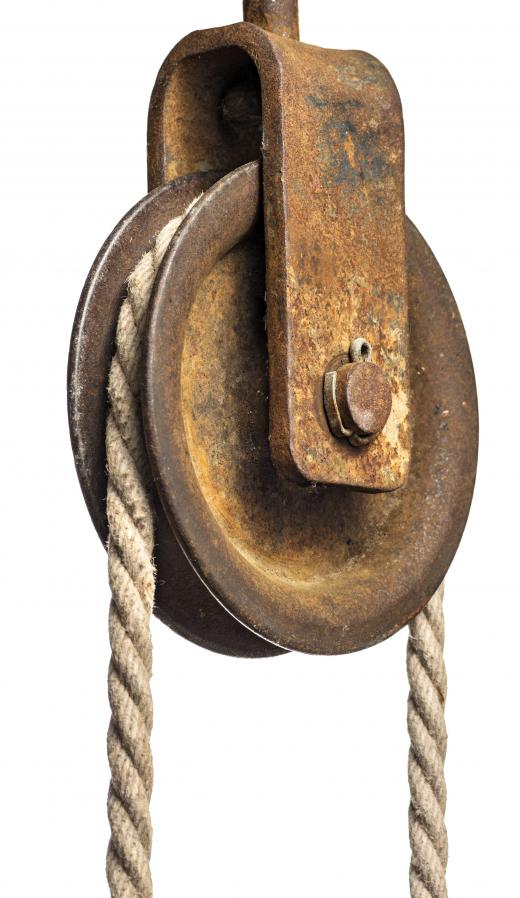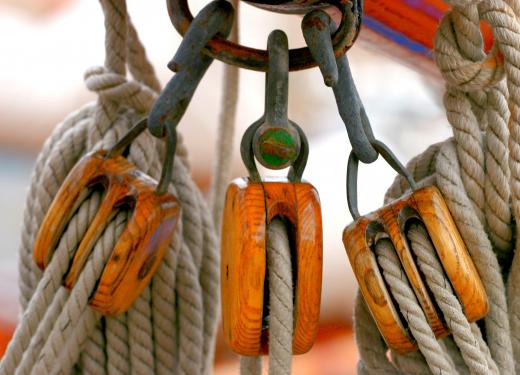When choosing the best pulley set, you will be required to select your pulleys from three basic types: stamped steel, cast aluminum, and forged aluminum. Each type of pulley set offers a specific benefit and must be compared to the other styles in order to choose the best fit for a given application. Variations between pulleys are not limited to materials, and pulley size also comes into play when attempting to choose the best set for a particular application. By selecting pulleys in a larger or smaller diameter than stock, you can effectively choose an over-driven or under-driven pulley set.
Most stock or original manufacturer pulleys feature a stamped-steel design. This type can offer you an affordable set of pulleys and will commonly bolt directly into any application where a stamped-steel set is originally installed. If you are searching for a basic, no-frills set of pulleys, you might want to investigate this type. If, however, you are searching for a more performance-driven pulley set with more show appeal, you might want to investigate a cast aluminum set. This pulley design offers a more visually-appealing design with a little more flash. For the show vehicle, this can often be the best choice.

For moderate performance and load at a moderate price, the cast-aluminum pulley set will usually function without flaw. The pulleys are typically lighter in weight than the stamped steel version. The cast-aluminum pulleys, however, are commonly stronger and offer a longer life cycle. Cast aluminum is a good choice if you are searching for a long-lasting, moderate-performance pulley set. The cast pulleys are typically able to withstand all but the most extreme belt tensions and speeds in any manufacturing application, and the aluminum design also makes this the best choice for you when cost and heat dissipation is a concern.

On the upper end of performance-designed pulleys, the forged-aluminum sets are often going to be your best choice. You will be able to operate a machine at the upper end of the its capacity without pulley failure with a forged set. These pulleys are the absolute most true and balanced of any pulley on the market. Created from a piece of solid-billet aluminum, the pulley set is carved out on a precision lathe to exacting tolerances. Once created, the entire set is balanced to give you the most smooth-running pulley available. If your search is for the best pulley manufactured, you might want to choose the forged set in any over- or under-driven size.
